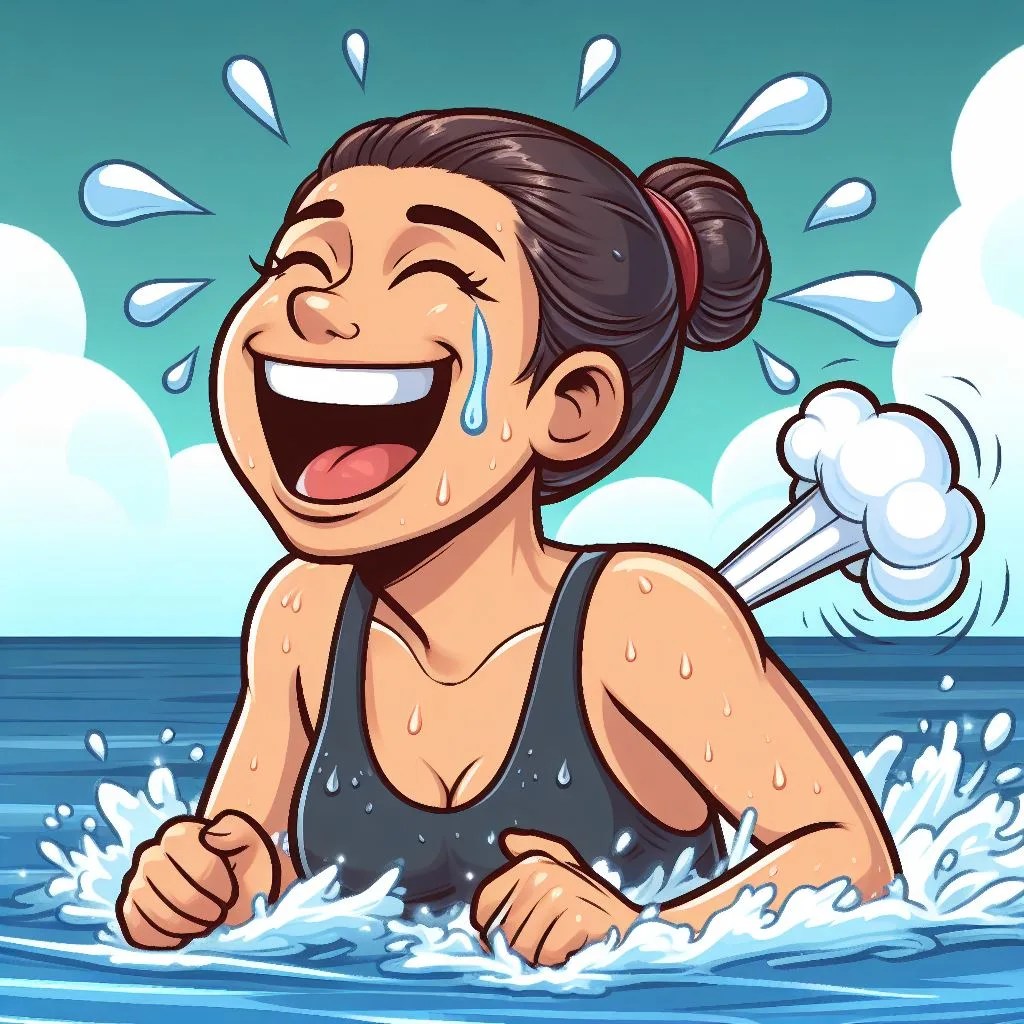Activity, Activity, Challenge Formula

Follow the formula.
Activities = Deliberate Practice; thinking, effort.
Challenges = Fun, reset, energizing.
Use the formula! It works. Use it.
Stick to the formula. Don’t skip the challenge. Avoid saving “play time” for 5 minutes at the end. Don’t do that.
5 minutes of play time is a break for the instructor to be thoughtless, bored, or reset.
Activity 1: The basic skill
The first activity in a series is the basic skill that sets the theme for the set. The set is two activities and a related challenge.
The basic skill can be complicated or simple.
Activity 1 is typically your baseline, your begining, your starting point or foundation upon which you’ll layer more complicated motions, movements, or actions.
Activity 1: Streamline
Activity 2: Streamline and then 3 freestyle strokes with no breathing.
The basic skill is the streamline and the long flat body posture of a front glide. The more complicated layer and motion is the freestyel strokes in combination with that flat, streamline body posture.
Activity 2: The fine point or advanced skill
The second activity is related to the first activity. They are connected.
If Activity 1 is streamline, and Activity 2 is streamline + 3 free, then you know that the two are connected and important.
The finer points of streamline with three free are the way the swimmer swims their 3 strokes of freestyle, while still being accountable for their streamlines.
Instructors should give feedback to swimmers based on the first activity’s performance IN ADDITION to their current performance.
Focus on the advanced skills. In this example:
- Arms starting and ending with a brief pause in position 11
- Arms reaching over the water
- Arms pushing the water
- Body remaining still, stable, and straight
- Head aiming down, like Pinocchio dragging his nose on the floor.
- Legs kicking
- No breath
- Streamline correct with all 3 things.
Challenge:
Play the game. Do the challenge. Make it fun. Give verbal rewards. Buy into the concept.
Challenges are FUN. They’re intended to be exciting, difficult, and interesting. The whole idea of the challenge is to provide a quick and entertaining diversion from swimming lessons while still being connected and teaching swimming skills.
DO THE CHALLENGE! Avoid skipping the challenges.
Playing games at the end of a lesson for 5 minutes is a waste of time. It turns a 30 minute lesson into a 25 minute lesson with 5 minutes of nothing.
The challenges work by being scalable; beginners and advanced swimmers can do them.
If they’re too easy, make an adaptation. Change 1 foot above water without holding anything to only 3 toes of one foot and 2 toes of another foot held above the water without touching or holding on anything for 10 seconds.
You can take the simplest Level 1 challenges and make them interesting for a Developmental or Age Group Swimmer with a little thought and effort on your part.
Challenges:
- Reset learning through fun and effort
- Deserve a reward for success: Thumbs up or a loud “SUCCESS!”
- Swimmers may FAIL challenges. If they do, tell them “That was a fail, and here is why…”
Activities build up pressure and steam.
Challenges release the pressure for better learning.



